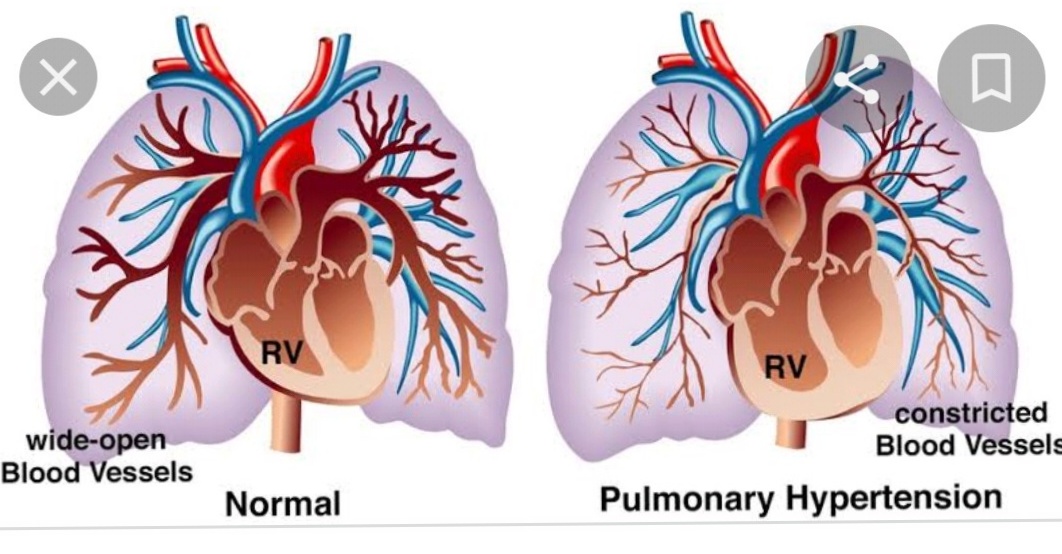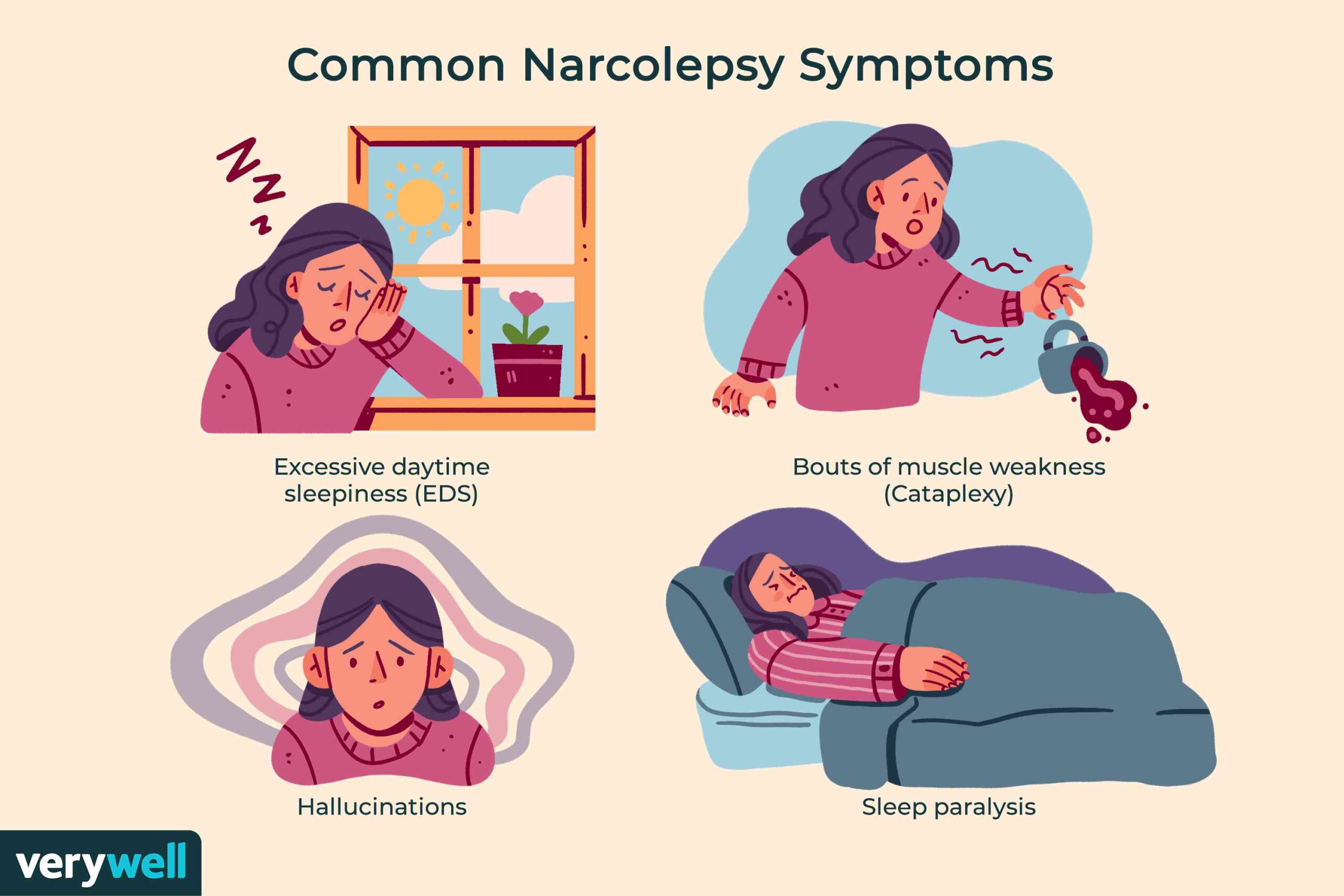Sinusitis With Cough -various spects-
Sinusitis With Cough-Introduction-
Do Sinus Infections Cause Coughing?
Can you cough if you have a sinus infection? Undoubtedly, a sinus infection can cause coughing. This specific condition is entirely related to extra mucus and the way your sinuses try to clear that mucus.


Your body is likely to produce more mucus than usual when you have a cold, allergies, or a sinus infection, which can lead to the mucus leaking down your throat. Although it may sound horrible, mucus in the throat is rather typical and can occur whether you are ill or not.
On the other hand in Sinusitis With Cough, if this leakage continues for a long time, you can develop a persistent cough. A cough brought on by a sinus infection isn’t always alarming, and you don’t necessarily need to schedule a doctor’s appointment.
Let’s examine the causes of coughing while having a sinus infection and possible remedies.
How sinus infections and coughing are related to one another
One of the many cold symptoms that are also linked to persistent sinus infections is post nasal drip, which occurs when extra mucus drains into your throat. However, postnasal drip doesn’t just make you cough. In addition, it may result in a painful throat, hoarseness, nausea, and even poor breath.
But why does coughing result from postnasal drip when you have a sinus infection?- in case of sinusitis with cough .Imagine mucus—or anything else, for that matter—running down your throat. Do you have a sore throat? Probably. Do you experience any tickling? in all likelihood. All of these sensations have the potential to (and typically do) cause a response, and that response is coughing.
Unfortunately, the continual coughing and blowing of your nose caused by the mucus discharge will just produce more mucus and aggravation. This is why it’s critical to comprehend the most effective methods for treating postnasal drip and sinus infections.
How may a sinus infection be treated?- in case of sinusitis with cough
You should be able to manage things at home on your own if your postnasal drip and cough last between 7 and 10 days. You can use antihistamines, nasal saline washes, and natural home treatments (teas, essential oils, spicy meals, etc.) to treat post nasal drip and your cough.
However, use nasal sprays and certain decongestants with extreme caution. These medical procedures can end up making your mucus thicker, which could exacerbate your post-nasal drip and cough.
Having said that, you shouldn’t necessarily see a doctor if you develop a cough after getting a sinus infection. The full recovery from a sinus infection cough can occasionally take a few weeks. You should be fine as long as you see that your other symptoms are improving rather than getting worse.
When should I go to the doctor if I have sinusitis with cough ?
It might be time to consult a doctor if your sinus infection persists for more than 10 days or if you have an extremely terrible postnasal drip (and your other symptoms aren’t getting any better). It may also be necessary to contact a doctor if your sinus infection cough persists for more than 2 to 3 weeks.
Your doctor might suggest antibiotics at this point for sinusitis with cough . But if you frequently get chronic sinus infections, you might want to think about finding a more long-term cure. Balloon sinuplasty is one such therapeutic method.
A minimally invasive, in-office surgery called balloon sinuplasty takes less than 25 minutes to execute. There is no need to cut or remove any bone or tissue during this safe and efficient technique.
A balloon is put into your nasal cavity during this specific treatment, and it is subsequently inflated. Your sinuses will expand as a result of this procedure, which also restores appropriate drainage for a considerable amount of time. After treatment is finished, many say they have had long-lasting relief from sinus infections and other problems like sinusitis with cough. (three years or more of relief).
What happens if a sinus infection is left untreated?
Do you frequently get sinus infections?
If you’ve ever wondered if a sinus infection might cause you to cough, it may be time to look into your treatment choices. We can assist you if you suffer from persistent postnasal drip or recurrent sinus infections.
What are the sinuses’ anatomy and purpose?- in relation to sinusitis with cough
Voice resonance is made possible by sinus cavities. They aid in the elimination of undesirable particles from the sinus cavities as well as in filtering and moistening any air that is inhaled through the nasal passages. The skull is made lighter by the sinuses. Sinus cavities provide room for growth to occur.
What are the four major sinuses? in relation to sinusitis with cough
An illustration of sinus anatomy
The frontal, maxillary, ethmoid, and sphenoid paranasal sinuses are located in the lower forehead, beside the upper nose, the cheekbones, and the sphenoid, which is located behind the nose.
Anatomy of sinuses-in relation to sinusitis with cough
Uncertainty surrounds the paranasal sinuses’ overall purpose. The cavities enable the bone structure to grow without significantly increasing mass. Additionally, they offer social indicators that denote things like gender and sexual maturity. The paranasal sinuses are lined with respiratory mucosa. This ciliated respiratory mucosa secretes mucus.
Between the orbits are the ethmoid sinuses. They typically consist of three to eighteen labyrinths interspersed with one another. Based on where their openings are, these ethmoidal air cells are categorised geographically into anterior, middle, and posterior. The frontonasal duct or the ethmoidal infundibulum are the two places where the anterior ethmoidal sinus exits. The ethmoidal bulla, or perhaps directly above it, is where the middle group opens. The superior nasal meatus’ lateral wall is where the posterior group opens.
To know the anatomy of the sinuses is important in relation to sinusitis with cough .The maxillary sinus is the biggest paranasal sinus. The maxilla of the face has two pyramid-shaped maxillary sinuses on either side. To lessen the maxilla’s mass, it completely fills the bone. The middle semilunar hiatus in the lateral wall of the middle nasal meatus is where the maxillary sinus exits.
The frontal bone is home to the triangular-shaped frontal sinuses, which are located above the orbits. The size of these sinuses varies. The semilunar hiatus, which drains the maxillary sinus, continues from where they open at the lateral wall of the middle meatus.
The sphenoidal sinuses are located in the sphenoid’s body, to finish. They enter the sphenoid-ethmoidal recess through the back wall.
Any patient with sinus problems may contact ENT specialist doctor Dr Sagar Rajkuwar (MS-ENT) at the following adress-
Prabha ENT clinic, plot no 345,Saigram colony, opposite Indoline furniture , Ambad link road ,Ambad ,1 km from Pathardi phata , Nashik , 422010 ,Maharashtra ,India -Dr Sagar Rajkuwar (MS-ENT), Cel no- 7387590194,9892596635



